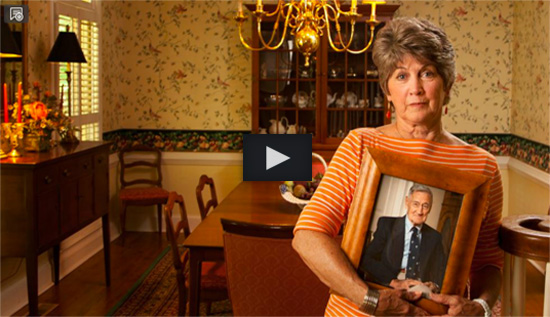It is an unfortunate truth of the nursing home industry that families must maintain constant vigilance to ensure their loved ones are receiving decent care. Neglectful and even malicious treatment can arise in both “good” and “bad” nursing homes, and even better nursing homes often have standard procedures that violate U.S. law to the detriment of their residents.
An important red flag to keep an eye out for is the use of physical restraints. According to Justice in Aging’s 25 Common Nursing Home Problems & How to Resolve Them, the most common physical restraint is a vest which ties residents into wheelchairs or beds. However, seat belts, bed rails, and chairs angled to prevent residents from standing up have also been frequently employed in nursing homes.
Federal law mandates that physical restraints can only be used to treat very specific medical conditions or symptoms, but it’s all too common for nursing homes to tie down residents to prevent them from wandering. It’s important to know that physical restraints require consent from either the resident or their representative. Nursing homes or their medical staff do not have the authority to restrain someone without permission. Additionally, they are obligated to make alternatives available.
Restraints can never be used for punishment or a nursing home’s convenience. A vast medical consensus indicates that restraints are harmful to residents. Far from ensuring a resident’s safety, they may actually cause residents to become more at risk of falls and injuries. Worse, some residents have been known to die of asphyxiation after becoming tangled in their restraints. A resident’s frustrated attempts to escape can easily become more dangerous than them having no restraints at all. This is to say nothing of the psychological toll of restraints either.
If a nursing home recommends restraints to prevent your loved one from wandering, you should say no if it is clear restraints would be imposed for the nursing home’s convenience. It’s incumbent upon the nursing home to increase staffing levels, install monitoring systems, or offer mentally stimulating activities to mitigate wandering, rather than punish your loved one. If a doctor proposes restraints to treat medical symptoms, it is important to discuss care plans and examine alternatives to ensure this is a solution with more benefits than risks.
Should a nursing home put restraints on your loved one without consent, you have the right to demand their immediate removal. Imposing restraints without permission is illegal and constitutes false imprisonment and battery. Lasting harm as a result of physical restraints may be cause to seek legal action.





